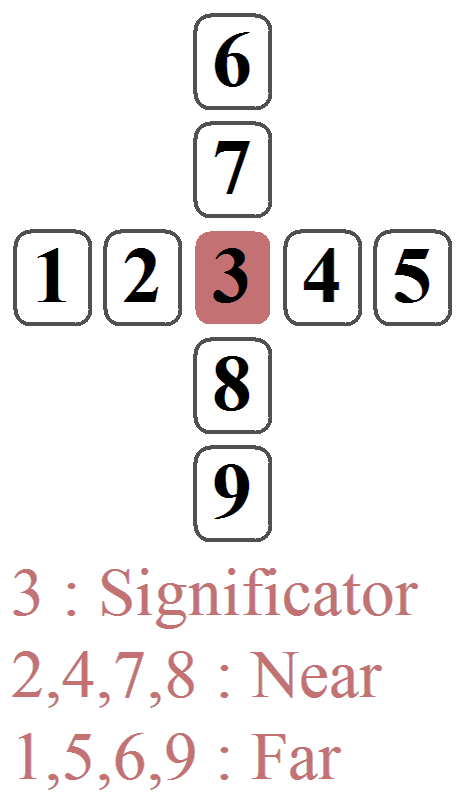
Learning to read the Petit Lenormand is a fascinating journey where each card reveals its secrets through unique combinations. Whether you're a beginner or looking to deepen your practice, this guide will accompany you in exploring different spread techniques, from the simplest to the most complex. In this article, we will cover several methods, from the 3-card spread for quick answers to the Grand Tableau for a more detailed reading. You will also discover how to choose the right spread according to your needs and the time you have available.
Whether you have a few minutes or more time, each spread offers new nuances and perspectives to answer your questions and guide your thoughts. Take the time to familiarize yourself with these methods and let yourself be guided by the "freshness" of the Petit Lenormand.









